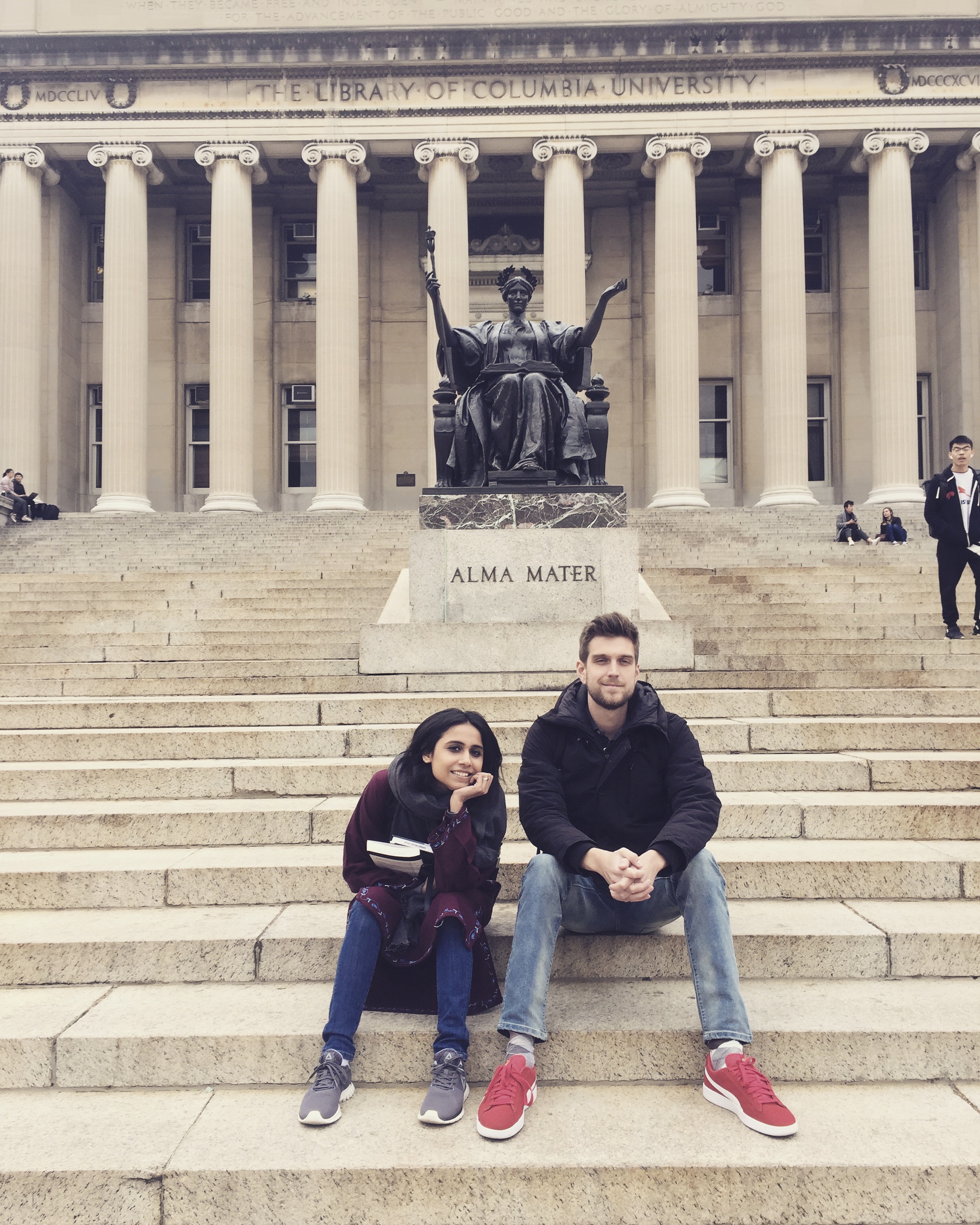LSE is committed to producing global citizens and providing students with opportunities to enhance their degrees. This is why we have been sending students to spend two to three months to one of our institutional partners, like Columbia University (New York).
Read about Tom's time in New York, and see whether this opportunity might be for you too.

Why did you apply to the Partnerships PhD Mobility Scheme?
A professor once advised me to embark on academic tourism should the opportunity ever present itself. The idea of experiencing a novel university environment, getting pointers from academics that one would not otherwise meet, and to utilise vital archival resources that are tricky to access took my fancy. For all these reasons I applied for the Partnerships PhD Mobility Scheme. And if truth be told, a spring in New York City had a certain appeal to me.
What were the best moments of your visit?
So many to choose from. The Princeton South Asia Conference was a great experience. The Columbia- LSE dual master’s programme ten-year reunion involved a lavish Manhattan yacht cruise of the black-tie sort. That was a good evening. Spending afternoons pottering around the Museum of Modern Art or relaxing in Central park or having a ridiculous American breakfast are also up there as favourite moments.
To be able to immerse myself in the NYC South Asia academic scene, and to have the time to attend a variety of events, has been an amazing experience and privilege. I attended a variety of seminars, events and workshops in New York. This included world-class academic lectures, Kathak dance nights, Sadhguru’s visit to NYC and Bollywood film screenings. These took place at Columbia University, New York University and the New School.
I particularly enjoyed the Hindi- Urdu workshop offered by the South Asia Institute. Exploring the progressive modernist literature of Sana'ullah Dar 'Miraji' (1912-1949) and Gajanan Madhav 'Muktibodh' (1917-1964) no doubt eased my transition from India to the USA. The public transportation, skyline, and sanitation in New Delhi and New York are different but the vast continuity in language and food in these cities highlighted the similarities between these worlds.
How will you use what you learned there?
The findings from my archival research at the United Nations Archive and the conversations I have had with academics proved invaluable for my research, and I’ll take each one in turn.
Firstly, after having spent six months in the archives in New Delhi, I found it very useful to discuss the development of my ideas with a range of academics in New York. My supervisors at Columbia and other South Asianists asked important historiographical questions, helped sharpen my analytical focus and generally tighten up my project. It proved to be an excellent place for the post-research leg of my academic journey. I left New York feeling more academically confident and with broadened intellectual horizons.
Secondly, the United Nations Archives in New York proved to be an archival goldmine. I wanted to locate my research topic – that is, state mobilisations of Indian youth - within global policy and global discourses. And as a result of this trip, I have far better situated my topic within an international and global historical approach.
How was life in New York compared to the experience you have had in London?
On the academic front, they both possess a range of universities and institutions that make for an often-overwhelming supply of academic events. On the cultural front, again an overly abundant supply but both are generally busy and overpriced.
What are your top tips for future exchange students visiting Columbia?
Make the most of NYC.
Make the most of Columbia University (its resources and campus).
Find a decent Happy Hour early on.